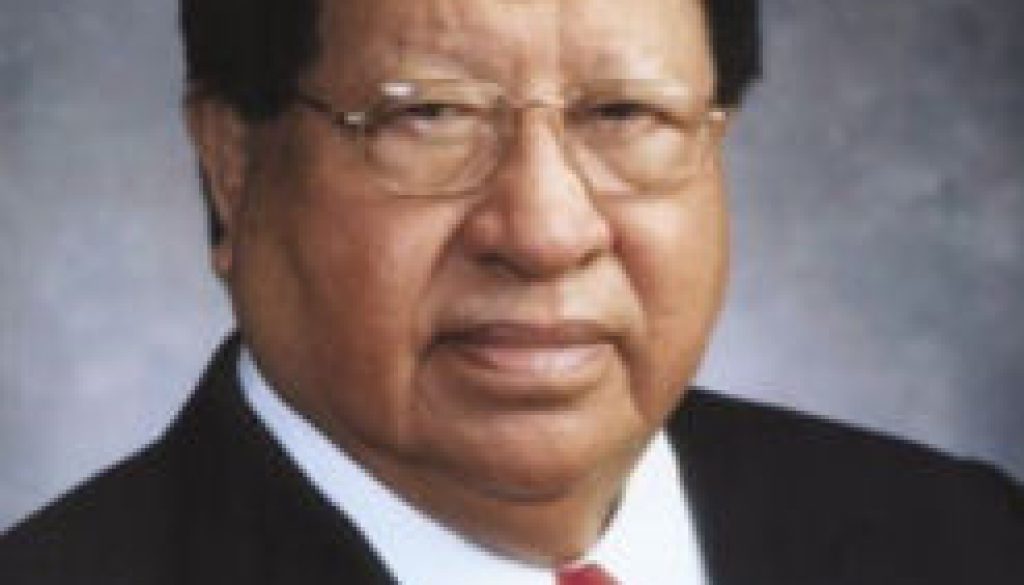Packaging, Ads and Branding 101: The good, the bad and the ugly
Think of the most successful companies in the world, what do so many of them have in common? Great branding.
Branded packaging can say a lot about your company; from the words on the product, to the colour scheme and font, all the way down to the materials used to make it. For this reason, it is important to make sure that the message you’re sending out is the right one.
Over the last few decades, companies have had to show more environmental and cultural responsibility when it comes to their branding and packaging, and with the internet providing a swift and brutal response when companies get it wrong, it is now more important than ever for companies to stay up to date and aware.
Let’s look at some of the biggest brands in the world – including the ones that didn’t always get it right.
The Good
The holy grail in branding is to be instantly recognizable, and one key way to achieve this is through a statement colour. A prime example of this is Tiffany – where the Pantone shade itself instantly becomes associated with the label. This is particularly true with Tiffany’s, to the point at which the robin egg blue shade is now more commonly known as Tiffany Blue. The trademark for this shade is also exclusively owned by Tiffany’s and is not publicly available, therefore protecting the brand’s identity and image.

To achieve this level of recognition is no easy feat and many brands such as the mobile network Orange and EasyJet have tried and failed to trademark a colour.
Some companies use their packaging as a vehicle into the mainstream world through fashion, and turning the package into an accessory instead of just another bag in the drawer, or box at the bottom of the wardrobe. The most striking example of this is Bloomingdale’s shopping bags, which first appeared in 1973. The bags have since become such a popular commodity that the store now stocks long lasting PVC replicas in an ever-expanding range that now includes the ‘little pink bag’, ‘little brown cosmetic’, and ‘little brown case’.
The Bad
Sometimes, however, companies miss the mark with the branding, leading to the alienation of consumers and, especially in recent years, becoming the target of online ridicule or resentment. In 2017, Dove promoted it’s ‘Real Beauty’ message by creating a series of contoured bottles said to represent the fact ‘just like women…our iconic bottle can come in all shapes and sizes, too’.
However, this was met with backlash for missing the point of the very message it was trying to send. Many found the bottles to be patronizing,  whilst others found them insulting or just plain ridiculous, and the vast majority of the online community responded with a resounding ‘why?’. Whilst these bottles were never made available to purchase, the damage was already done. From a brand with an image built on body positivity and awareness, many took the figures to be more mocking than moving, and Dove was accused of betraying their own previous messages of ‘it doesn’t matter what you look like’.
whilst others found them insulting or just plain ridiculous, and the vast majority of the online community responded with a resounding ‘why?’. Whilst these bottles were never made available to purchase, the damage was already done. From a brand with an image built on body positivity and awareness, many took the figures to be more mocking than moving, and Dove was accused of betraying their own previous messages of ‘it doesn’t matter what you look like’.
Other brands that have become subject to online scrutiny litter the internet’s ‘biggest fails’ lists, many of which are focused around a brandslack of cultural sensitivity, awareness, or just sending the wrong message. Examples of this include Sony’s white PSP ad, Budweiser’s ‘removing no from your vocabulary’ slogan, and Dr Pepper’s 2011 ‘Not For Women’ campaign. From Bic and Pritt’s stationary ‘for her’ to Kleenex’s ‘Mansize’ tissues, the importance of cultural awareness in branding is becoming increasingly important. A great example of brands taking note of this can be seen with Yorkie.
The Yorkie bar was introduced in 1976 as a chocolate bar for men, this was shown with a series of lorries on its design, and advertising featuring lorry drivers. In 2001, Yorkie went a
 step further and introduced the now-famous slogan ‘It’s not for girls’, followed by a special edition bar wrapped in pink, ‘for girls’, in 2006. 5 years later, the slogan was eventually dropped. This could be said to have been due to the mounting focus on women’s rights, however whilst Yorkie have dropped the slogan, it is still a brand which is aimed at men, with more recent adverts including the line ‘man fuel for man stuff’.
step further and introduced the now-famous slogan ‘It’s not for girls’, followed by a special edition bar wrapped in pink, ‘for girls’, in 2006. 5 years later, the slogan was eventually dropped. This could be said to have been due to the mounting focus on women’s rights, however whilst Yorkie have dropped the slogan, it is still a brand which is aimed at men, with more recent adverts including the line ‘man fuel for man stuff’.
The Ugly
Whilst many brands may be accused of ‘ugly’ packaging, much of this is subjective. However, there is one industry that is forced to make its packaging off-putting to deter consumers from buying. This industry is tobacco.
In the past, cigarettes have received their fair share of promotion; from cigarette cards, to celebrity and physician endorsements, and the  Marlborough Man, tobacco spent 400 years in the hands and mouths of the public. However, in 1962, the Royal College of Physicians had enough evidence to prove a link between smoking and lung cancer, and pushed for a ban. The first came in 1965 with the ban of television advertising, and smoking adverts were finally banned completely in 2005.
Marlborough Man, tobacco spent 400 years in the hands and mouths of the public. However, in 1962, the Royal College of Physicians had enough evidence to prove a link between smoking and lung cancer, and pushed for a ban. The first came in 1965 with the ban of television advertising, and smoking adverts were finally banned completely in 2005.
In 1991 the EU introduced health warnings on packets, and in 2003 added that cigarettes could no longer be branded with the terms ‘mild’ or ‘light’, also adding an increase in the size of warnings. However, it wasn’t until 2008 when the packaging became truly ‘ugly’. To add to the written warnings, graphic images of the effects of smoking were printed onto packets. These included pictures of black lungs, rotting teeth, and suffering children as visual representations of the effects of smoking.
In 2012, cigarette packaging was hidden behind closed doors with a requirement that they be concealed from the public to discourage purchases, and in 2016 the UK followed Australia’s lead and prohibited company branding on packaging and introducing standardized packaging.
This therefore leaves cigarette packaging with no branding characteristics, visceral images, and large warning text, a true example of ugly packaging.
Inspiration for this post by UK Packaging. If you’re not already a member of SMEI join us here today and get the tools and information you need to advance your marketing career today.
Photo by Patrik Michalicka on Unsplash




